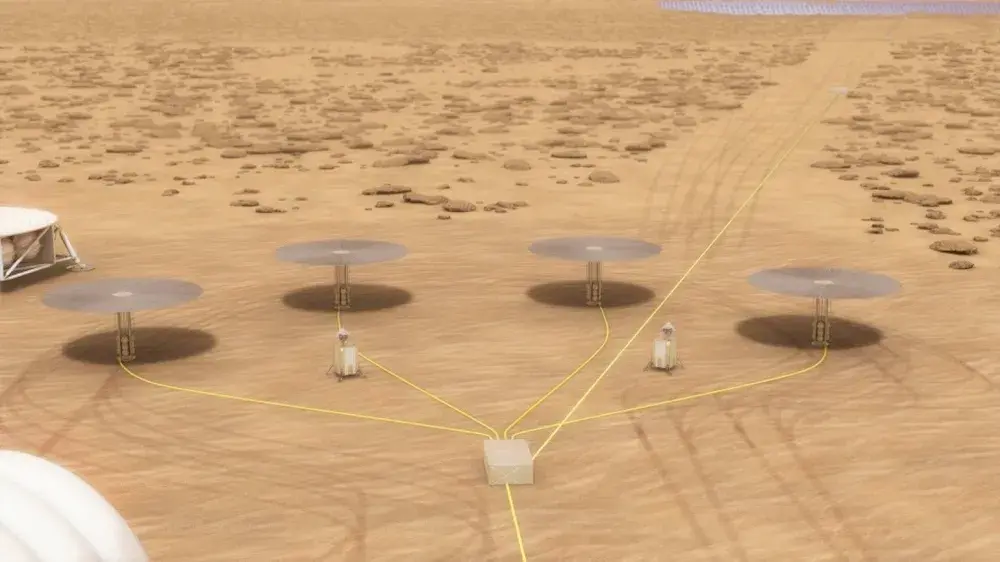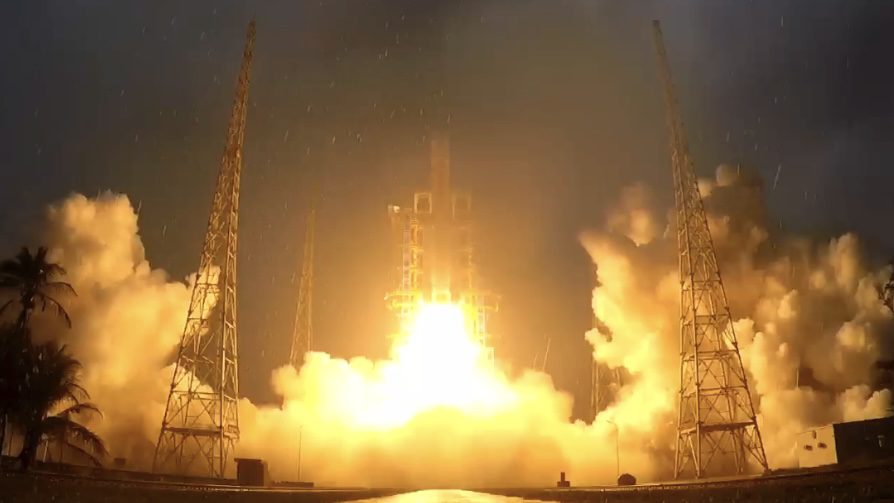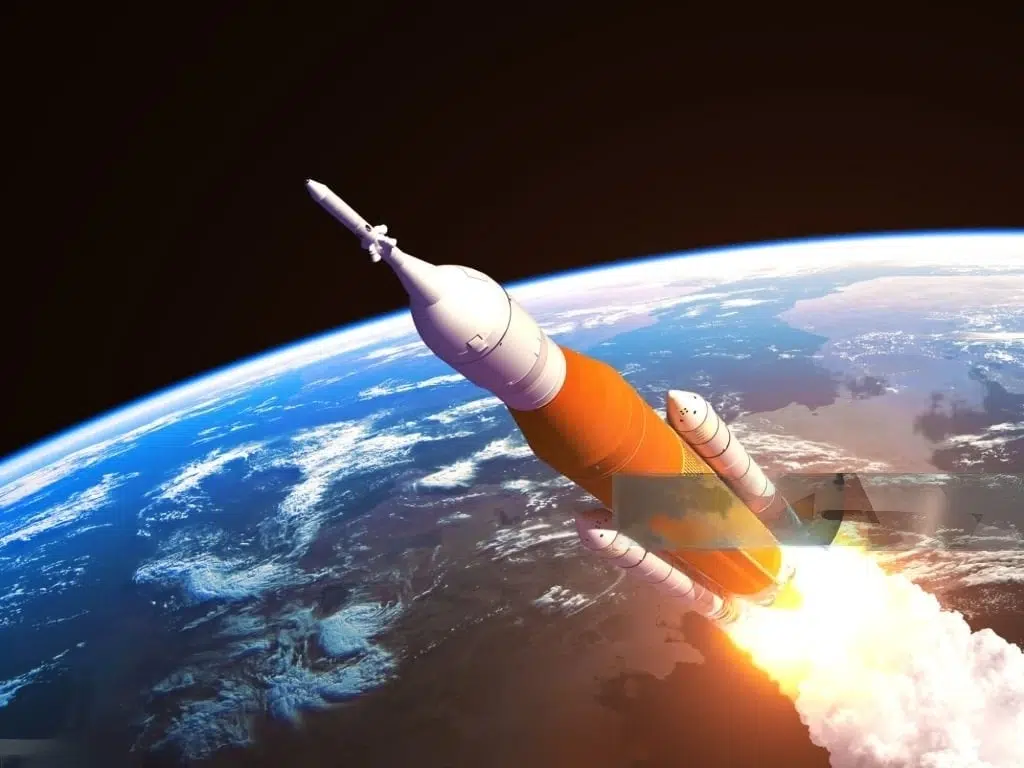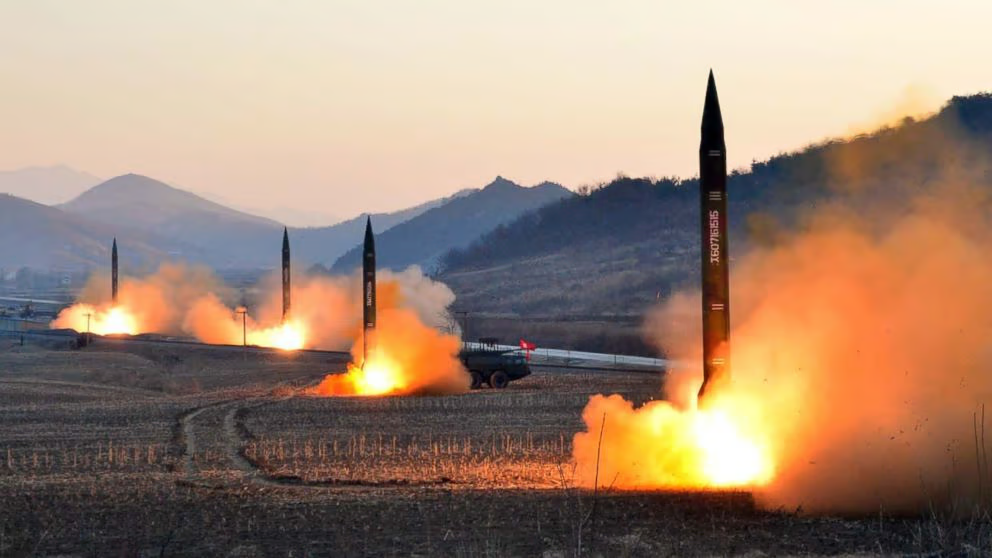NASA: Moon Missions Crucial Before Human Mars Expeditions
NASA’s Artemis vs. SpaceX’s Mars Rush: Why the Moon is a Vital Stepping Stone to the Red Planet – A Deep Dive

- The Race to Mars Heats Up: NASA Emphasizes Moon’s Critical Role, Challenging SpaceX’s Direct Approach
The cosmos is buzzing with renewed fervor as humanity sets its sights on the Red Planet. While SpaceX, under the visionary leadership of Elon Musk, is aggressively pushing for a direct leap to Mars, NASA is sounding a note of caution, advocating for a strategic return to the Moon first. This divergence in approach has ignited a fascinating debate within the space community, raising crucial questions about the best path forward in our quest to become a multi-planetary species. Trendsnip.com dives deep into this complex issue, examining the arguments from both sides and exploring why the Moon, often perceived as a mere stepping stone, might actually be the key to unlocking the mysteries of Mars and beyond. This isn’t just about reaching a new world; it’s about ensuring the safety and success of humanity’s boldest endeavor yet. Stay with Trendsnip for the most in-depth space exploration news.
- Artemis: More Than Just a Moon Landing, It’s a Gateway to Mars
NASA’s Artemis program represents a monumental effort to establish a sustained human presence on the Moon. But it’s not just about planting flags and leaving footprints. Artemis is designed to be a comprehensive testing ground for the technologies, systems, and operational procedures that will be absolutely vital for any successful mission to Mars.
- Key Objectives of the Artemis Program Relevant to Mars
- Lunar Base Camp: NASA envisions establishing a permanent base camp near the lunar south pole, an area rich in water ice. This base will serve as a hub for scientific research, technology demonstrations, and astronaut training.
- Resource Utilization (ISRU): Learning to “live off the land” is paramount for long-duration space missions. Artemis will focus heavily on developing In-Situ Resource Utilization (ISRU) technologies, such as extracting water ice from lunar regolith for life support, fuel, and radiation shielding.
- Gateway Space Station: The Lunar Gateway, a planned space station orbiting the Moon, will act as a crucial staging point for missions to the lunar surface and, eventually, to Mars. It will provide a platform for conducting experiments in deep space environments, testing advanced life support systems, and practicing rendezvous and docking procedures.
- Testing and Refining Spacecraft: The Orion spacecraft and the Space Launch System (SLS) rocket, the backbone of the Artemis program, will undergo rigorous testing during lunar missions, ensuring their reliability and safety before being used for Mars journeys.
- Radiation Exposure and Astronaut Health Using the Artemis Mission to gather data on how to manage astronaut health in space will be vital in a mission to Mars.

- SpaceX’s Starship: The Ambitious Rocket Aiming Straight for Mars
Elon Musk, through his company SpaceX, is known for his audacious goal of colonizing Mars. His vision centers around Starship, a fully reusable, super-heavy-lift launch vehicle designed to transport humans and cargo to the Red Planet in unprecedented numbers. While undeniably ambitious, Musk’s approach of skipping a sustained lunar presence has raised concerns among many experts.
- Why the “Mars First” Approach Might Be Premature
- Untested Technology: While Starship has made significant progress, it’s still in its early stages of development. Launching a crewed mission to Mars on a relatively untested vehicle carries substantial risks.
- Astronaut Safety Concerns: A direct Mars mission would expose astronauts to prolonged periods of deep space radiation, microgravity, and psychological stress, with limited opportunities for testing and refining mitigation strategies.
- Lack of a “Safety Net”: Unlike lunar missions, where Earth is just a few days away, a Mars mission offers no quick return option in case of emergencies. The ability to test emergency procedures and life support systems on the Moon provides a crucial safety buffer.
- Resource Uncertainty: Relying solely on resources brought from Earth for a Mars colony is a logistical nightmare. Developing ISRU techniques on the Moon first is a far more prudent approach.
- Musk’s Timeline: Musk is on record saying he plans to send uncrewed ships as early as 2026 with crews following as soon as 2028, this timeline leaves little time for testing.
- Why NASA Believes the Moon is Essential for Mars Success?
NASA’s insistence on prioritizing lunar missions before Mars stems from a deep understanding of the challenges inherent in deep space exploration. The Moon, with its proximity to Earth and unique environment, offers an unparalleled opportunity to test and refine critical technologies in a relatively safe and accessible setting.
- Key Areas Where Lunar Testing is Crucial
- Life Support Systems: Perfecting closed-loop life support systems, capable of recycling air, water, and waste, is non-negotiable for a Mars mission. The International Space Station (ISS) provides valuable data, but the Moon offers a more realistic environment for testing these systems under the stresses of partial gravity and limited resupply.
- Power Generation and Storage: Reliable power is the lifeblood of any space mission. The Moon provides a platform for demonstrating advanced power technologies, such as fission reactors and large-scale solar arrays, in a relevant environment before deploying them on Mars.
- Dust Mitigation: Lunar dust is notoriously abrasive and can damage equipment and pose health risks to astronauts. Developing effective dust mitigation strategies on the Moon is essential, as Martian dust, while different, presents similar challenges.
- Radiation Shielding: Protecting astronauts from harmful space radiation is a major hurdle for long-duration missions. The Moon’s lack of a protective atmosphere allows for realistic testing of radiation shielding materials and strategies.
- Human Factors and Psychology: The psychological and physiological effects of long-duration space travel are still not fully understood. Lunar missions will provide valuable insights into crew dynamics, isolation, and the impact of partial gravity on human health.

- NASA Doubles Down on Lunar Strategy
Recent discussions at the AIAA SciTech Forum in Orlando, Florida, further solidified NASA’s commitment to a Moon-first approach. NASA engineers working on the agency’s Mars architecture emphasized the critical role of lunar missions in mitigating risks and ensuring the success of future Mars expeditions.
- Key Quotes from the Forum
- “The moon is an outstanding testbed that we have for development of Mars,” – Michael Chappell, Mars Architecture Team.
- “To me, it’s pretty critical to go back to the moon before we go on to Mars.” – Michael Chappell, Mars Architecture Team.
- “There is going to be no resupply for a Mars mission… On the moon, we will learn a lot about resupply and how we do logistics.” – Dayna Ise, Mars Campaign Office.
- “There are so many power technologies you can demonstrate first, from the generation side to storage… on the moon.” – Jeremiah McNatt, Space Technology Mission Directorate.
These statements underscore NASA’s firm belief that a well-planned and executed lunar program is not a detour but rather the most direct and responsible path to achieving a successful human presence on Mars.

- A Launchpad to the Stars, Not a Distraction
The debate between a direct Mars mission and a Moon-first approach highlights the complexities and challenges of interplanetary travel. While Elon Musk’s ambition is admirable and has undoubtedly accelerated the pace of space exploration, NASA’s cautious, science-driven strategy appears to be the more prudent path, prioritizing astronaut safety and mission success. The Moon is not a distraction but a vital proving ground, a launchpad to the stars. By mastering the challenges of lunar exploration, we will gain the knowledge, experience, and technology necessary to make humanity’s dream of reaching Mars a reality. This is a pivotal moment in the history of space exploration, and the choices we make today will determine our future among the stars.
NASA's Moon Before Mars Strategy
In the race to conquer the Red Planet, NASA advocates for a strategic return to the Moon before embarking on manned Mars expeditions. This approach contrasts with SpaceX's ambitious plan, championed by Elon Musk, to head directly to Mars.
NASA's Artemis program aims to establish a sustainable lunar presence, using the Moon as a crucial testing ground for technologies and procedures essential for Mars missions. This includes:
- Developing and testing life support systems in a deep-space environment.
- Perfecting In-Situ Resource Utilization (ISRU) techniques, like extracting water ice.
- Demonstrating power generation and storage solutions, such as fission reactors.
- Validating radiation shielding and dust mitigation strategies.
- Understanding the long-term effects of space travel on human health and psychology.
While SpaceX's Starship progresses towards Mars, NASA emphasizes the importance of risk mitigation through lunar experience. Experts at the AIAA SciTech Forum highlighted the Moon's value as a testbed, ensuring astronaut safety and mission success for future deep space exploration.
This calculated approach positions the Moon not as a detour, but as a critical launchpad for humanity's journey to Mars and beyond, enhancing our ability to become a multi-planetary species.



